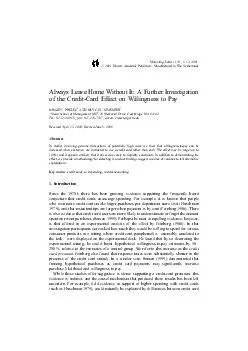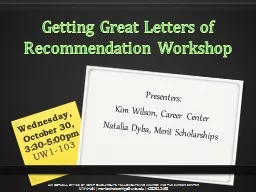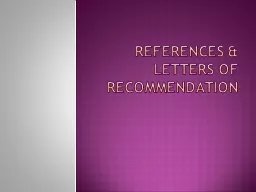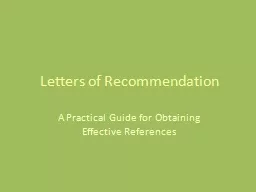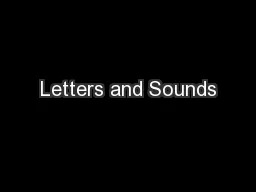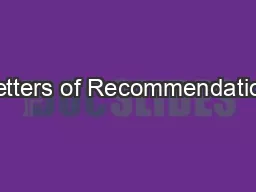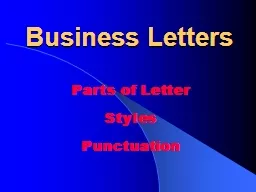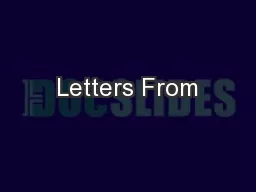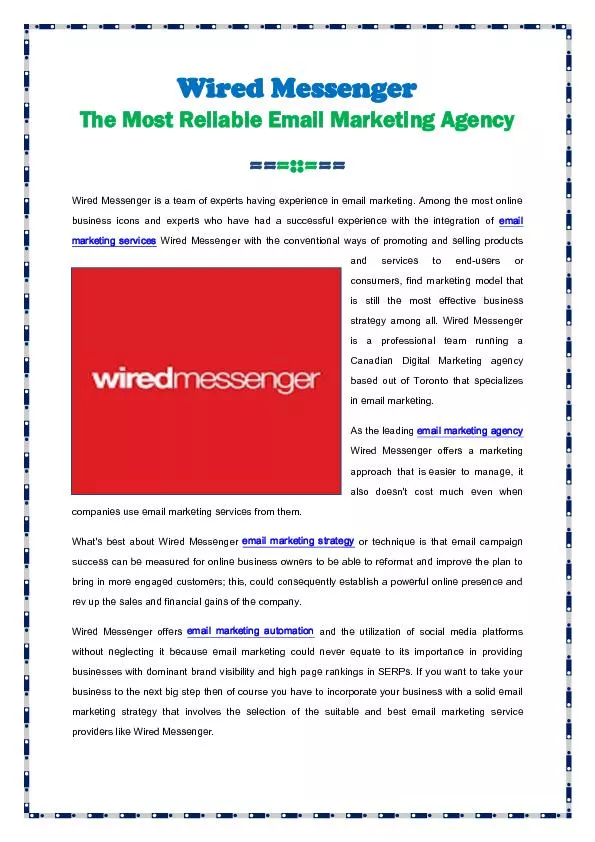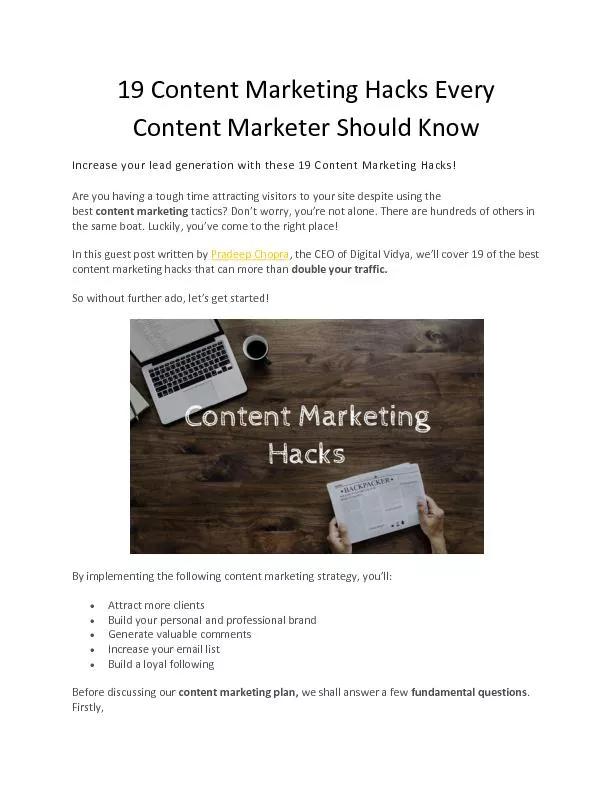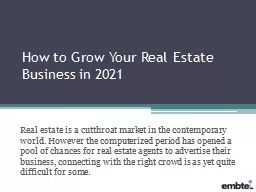PDF-Marketing Letters
Author : lois-ondreau | Published Date : 2014-10-10
2001 Kluwer Academic Publishers Manufactured in The Netherlands Always Leave Home Without It A Further Investigation of the CreditCard Effect on Willingness to Pay
Presentation Embed Code
Download Presentation
Download Presentation The PPT/PDF document "Marketing Letters " is the property of its rightful owner. Permission is granted to download and print the materials on this website for personal, non-commercial use only, and to display it on your personal computer provided you do not modify the materials and that you retain all copyright notices contained in the materials. By downloading content from our website, you accept the terms of this agreement.
Marketing Letters : Transcript
Download Rules Of Document
"Marketing Letters "The content belongs to its owner. You may download and print it for personal use, without modification, and keep all copyright notices. By downloading, you agree to these terms.
Related Documents

